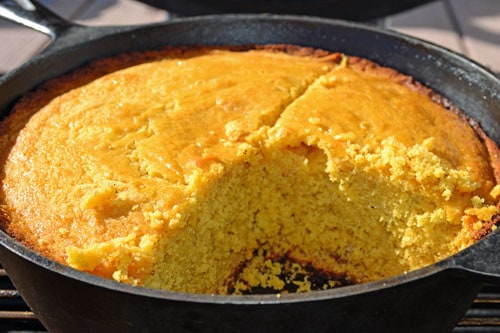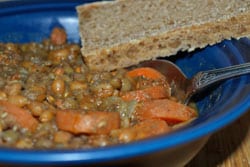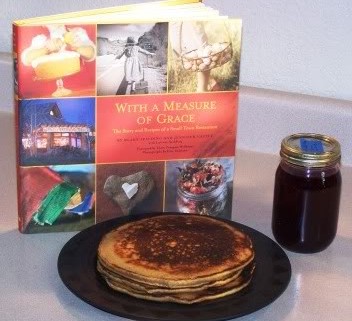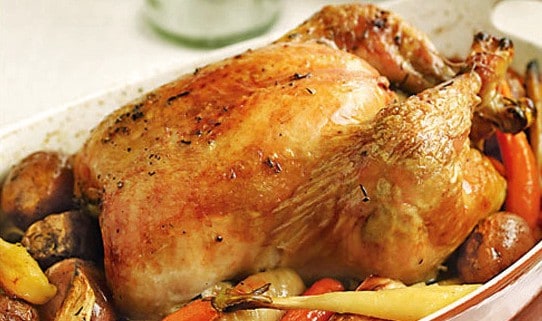Sour cream biscuits are a delicious use of extra sour cream, for a special occasion or just for the fun of it. Using extra sour cream or sour milk to make biscuits or pancakes is an old technique that dates back to farm house days when there would be extra milk or cream from milking the cow. Organic sour cream will give a noticeably richer flavor.
This recipe comes to us via “Chile, Corn and Croissants” by Joan Stromquist who traveled all across New Mexico visiting inns to compile the favorite recipes of the innkeepers and owners. She shares almost 400 dishes, from spicy Southwestern standards to old favorites. Casita Chamisa, run by Arnold Seargeant, is in Albuquerque and sits on an ancient Pueblo ruins dating from around 720 BC to the mid 1600s AD. This is an old recipe and has been updated for today’s cuisine.
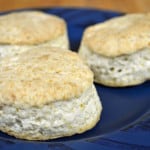
- 3 Cups flour - White Sonora Wheat is excellent
- 1 Teaspoon raw sugar
- 1 Tablespoon baking powder
- 3/4 Teaspoon baking soda
- 1 Teaspoon natural salt - like RealSalt
- 1/2 Cup coconut oil warmed or vegetable oil
- 1 1/2 Cups sour cream
- Preheat oven to 450°
- In a large bowl add the flour, sugar, baking powder, baking soda and salt. Stir together well.
- Add the coconut oil and cut it in well with a pastry blender or stand mixer so that the mixture is crumbly.
- Add the sour cream and mix in so that everything is blended, but do not overwork.
- Place the dough on a lightly floured surface. Knead the dough about 10 times or just until smooth.
- Roll out the dough to about 1/2" thick.
- Cut out the biscuits with a 2 1/2" round biscuit cutter.
- Place the biscuits on an ungreased cookie sheet. Bake for 10 - 15 minutes, or until they are lightly browned. Check at 10 minutes for doneness.
These keep very well for a couple of days. It's doubtful that they will last longer than this!
You can also use Greek strained yogurt in place of the sour cream.
Adapted from Chile, Corn and Croissants

These are really easy and quick to make, taking about 10 – 15 minutes to mix, knead, roll and punch out.
I rolled the dough out to about 1/2″ thick…
Then punched out the biscuits.
The recipe made exactly 24 biscuits, after re-rolling the dough from the scraps left over after cutting the biscuits out. Ready to go into the oven.
Fresh baked biscuits, fresh from the oven! The description is very accurate, they are light and fluffy with a great flavor.






